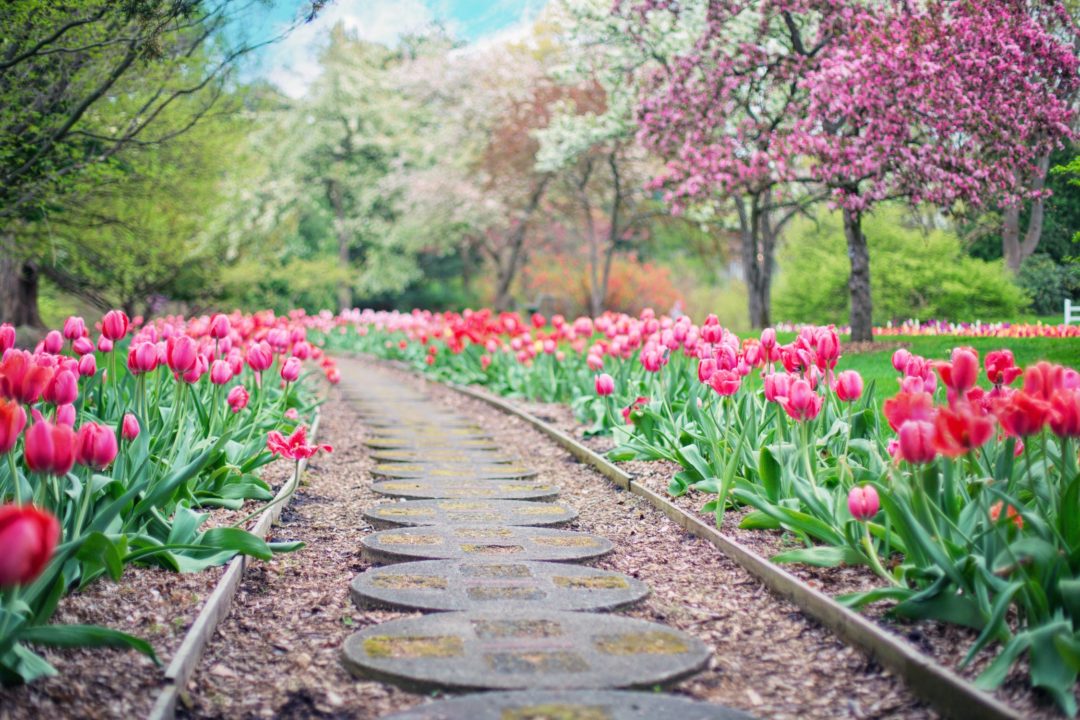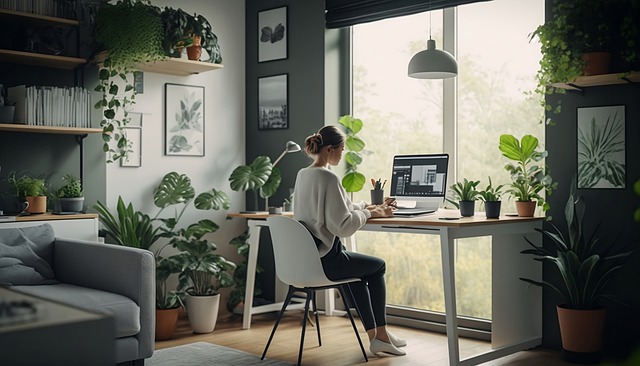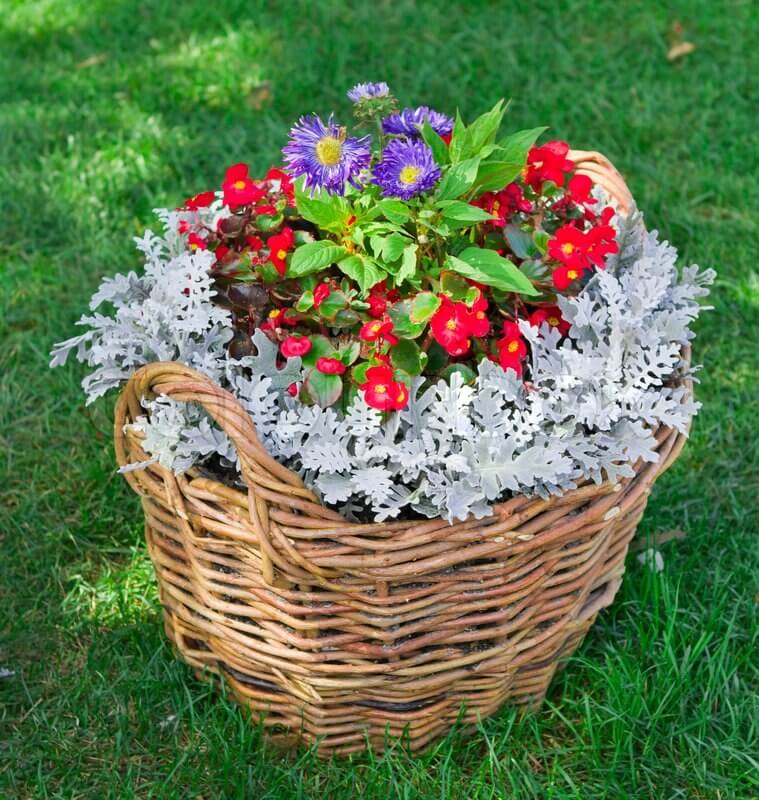
Minimalism is a growing movement amongst homeowners these days, with many people adhering to organization trends such as the KonMari method and Swedish Death Cleaning. With Americans using around twice the amount of material as we did fifty years ago, the move toward minimalism is helping households to save time, money, and frustration. You don’t necessarily have to stick to minimalist principles inside the home, either. You can strip down your yard to create an elegant, relaxing space using a limited number of design elements. Here are some tips on how to create a minimalist space for your next gardening project.
Plot Out the Space
Planning is the most critical step for any home remodeling project. Urban gardens are great canvases as they transform into hidden natural escapes within the hustle and bustle of a busy city. Not to mention, a minimalist garden is perfect for small spaces with minimal upkeep. You should measure your plot and carefully plan where you want to include landscaping features such as flower or vegetable gardens as well as hardscaping such as walkways, patios, and water features. However, when working on your designs, make sure you consider more functional elements, like gutters and downspouts. Needless to say, these should be well-maintained at all times if you want to avoid water damage on your property.
Furthermore, instead of using traditional plant elements such as flowers and leafy trees, xeriscape design relies on drought-resistant plants such as succulents and cacti. However, the hardscaping is often the focal point of the design, using rocks, gravel, and masonry to create a more interesting look. Consider calling Deltona garden professionals for more support. Deltona garden professionals
Setting the Right Tone
Minimalist gardens will usually include two types of essential elements – water features and cubic forms. Using concrete tiles are major trends in minimalism as landscape designers are choosing large squares or rectangular pieces and placing them firmly in the outer parts of the home. If you’re looking to make a smooth transition between the indoor and outdoors, a wooden deck that extends from the living space will synchronize the heights of the deck and garden. Opt for straight, clean lines for the minimalist theme.
Build Natural Boundaries
If you’re having trouble planning out your garden, planters and raised beds can help you to compartmentalize different areas. Containers are also ideal for smaller minimalist gardens, as they allow you to take advantage of hardscaping elements. You can place an arrangement of pots and planters on your balcony, your patio, or just about anywhere else in your yard.
A minimalist garden design creates a clean and clutter-free space where you can entertain, spend time with the family, or simply relax outdoors. Using a limited number of design elements, you can create a simple yet elegant design. Hardscaping and planters can help to bring your minimalist design ideas to life.






